
|
|
Font Size:
|
||||
|
|
|
|
||||
STATISTICAL BRIEF #451:
Experiences with Health Care Providers among Cancer Survivors, U.S. Civilian Noninstitutionalized Population, 2011
Highlights
- Two-thirds of cancer survivors between the ages of 18 and 64 reported that their health care providers discussed their follow-up care in detail.
- A little more than half of the survivors in families with low income reported having a detailed discussion with their health care provider about follow-up and care after cancer treatment.
- Less than half of the elderly survivors with Medicare-only insurance reported having a detailed discussion with their health care provider about follow-up care.
- Among cancer survivors ages 18-64, less than one-fourth with private insurance reported that their health care provider briefly discussed the side effects of the cancer treatment.
- Almost half of the elderly with Medicare-only insurance reported that their health care providers didn't discuss their social or emotional needs after the treatment at all.
- Less than one-fourth of elderly survivors with Medicare only reported that their doctors discussed in detail the need for them to make lifestyle changes after cancer treatment.
Introduction
A cancer survivor is a person who has been diagnosed with cancer, from the time of their diagnosis though the balance of their life. Due in large part to an aging population, the number of cancer survivors in the United States is growing. This Statistical Brief focuses on the experiences of adult cancer survivors with their doctors or other health care providers and the discussions and suggestions they received about follow-up care and lifestyle changes after the cancer treatment. The estimates are presented by age, insurance, and poverty status.All comparisons discussed in the text are statistically significant at the .05 level unless otherwise noted.
Findings
Two-thirds (67.7 percent) of cancer survivors between the ages of 18 and 64 reported that the doctors or health care providers discussed their follow-up care in detail (figure 1). For the elderly, age 65 and older, less than two-thirds (57.7 percent) reported having a discussion about follow-up care with their providers.Among high income survivors, two-thirds (65.8 percent) reported that their health care providers or doctors discussed in detail follow-up care after their cancer treatment as compared to a little more than half of those (54.7 percent) with low incomes (figure 2). Less than five percent (4.9 percent) of survivors with high income reported that their health care providers or doctors did not discuss at all with them follow-up care after their treatment compared with more than twice the rate of those survivors who were poor or had low income (12.1 and 12.2 percent, respectively).
Among those ages 18–64 and with public insurance only, three quarters (75.1 percent) reported that their doctors discussed their follow-up care in detail with them. In the same age group, for those with private insurance, about two-thirds (66.7 percent) reported a detailed discussion about follow-up care (figure 3). Among the elderly, 62.3 percent of those with Medicare in addition to other private insurance reported they has a detailed discussion with their doctors about follow-up care after cancer treatment, compared to less than half (46.9 percent) of those with Medicare only.
About half (49.1 percent) of the elderly with Medicare-only insurance reported that their medical providers did not discuss their social or emotional needs after treatment at all compared with a little more than a quarter (27.5 percent) of those with Medicare and other public insurance (figure 5). Among adults ages 18–64, a little more than one-third (38.4 percent) of those with private insurance only reported that their doctors didn't discuss their social and emotional needs after treatment at all, compared to a little more than one-fourth (26.8 percent) of those with public insurance only.
A little more than one-third (35.9 percent) of those age 65 and older and with Medicare and private insurance reported having a detailed discussion about lifestyle changes after treatment (figure 6). In comparison, less than one-fourth (22.5 percent) of those with Medicare-only insurance reported having a detailed discussion about lifestyle changes after treatment. A higher percentage of elderly with Medicare only reported not having a discussion with their doctors about lifestyle changes than those who had Medicare and private insurance (42.6 percent versus 31.9 percent).
Data Source
The estimates shown in this Statistical Brief are based on data from the MEPS 2011 Full Year Consolidated File (HC-147); using data from 2011 Cancer Self-Administered Questionnaire (CSAQ). The CSAQ was developed by AHRQ (for inclusion in MEPS), in collaboration with the National Cancer Institute, the Centers for Disease Control and Prevention, and the American Cancer Society. The CSAQ asked respondents questions about the burden of cancer, long lasting effects of the disease, financial impacts, employment outcomes for cancer survivors and their families, and experiences with their health care providers. CSAQ weights were used to create weighted estimates.Definitions
Questions about cancer survivors' experiences with their doctors or health care providers about the follow-up care, lifestyle changes, long-term effects, and social/emotional needs after the cancer treatment ask:At any time since you were first diagnosed with cancer, did any doctor or other health care provider, including your current health care provider, ever discuss with you:
- The need for regular follow-up care and monitoring even after completing your treatment.
- Late or long-term side effects of cancer treatment you may experience over time.
- Emotional or social needs related to your cancer, its treatment, or the lasting effects of that treatment.
- Lifestyle or health recommendations such as diet, exercise, quitting smoking.
- Discussed it with me in detail
- Briefly discussed it with me
- Did not discuss it at all
- I don't remember
Four income groups are defined based on the percentage of the poverty line for total family income, adjusted for family size and composition. Four categories were used: poor/negative income (incomes below the Federal poverty line), near poor/low income (over the poverty line through 200 percent of the poverty line), middle income (over 200 to 400 percent of the poverty line), and high income (over 400 percent of the poverty line) in the year of the data collection.
Health insurance status
Individuals under age 65 were classified in the following three insurance categories based on household responses to health insurance status questions:
- Any private health insurance: Individuals who, at any time during the year, had insurance that provides coverage for hospital and physician care were classified as having private insurance. Coverage by TRICARE (Armed Forces-related coverage) was also included as private health insurance. Insurance that provides coverage for a single service only, such as dental or vision coverage, was not included.
- Public coverage only: Individuals were considered to have public coverage only if they met both of the following criteria: 1) they were not covered by private insurance at any time during the year, and 2) they were covered by one of the following public programs at any point during the year: Medicare, Medicaid, or other public hospital/physician coverage.
- Uninsured: The uninsured were defined as people not covered by private hospital/physician insurance, Medicare, TRICARE, Medicaid, or other public hospital/physician programs at any time during the entire year or period of eligibility for the survey.
- Medicare only: Individuals who, at any time during the year, were covered by Medicare only.
- Medicare plus private (including TRICARE): Individuals who at any time during the year, were covered by a combination of Medicare, TRICARE, or private insurance.
- Medicare plus other public coverage: Individuals who, at any time during the year, were covered by Medicare in addition to some other type of public insurance.
About MEPS-HC
MEPS-HC is a nationally representative longitudinal survey that collects detailed information on health care utilization and expenditures, health insurance, and health status, as well as a wide variety of social, demographic, and economic characteristics for the civilian noninstitutionalized population. It is cosponsored by the Agency for Healthcare Research and Quality and the National Center for Health Statistics.References
Cohen, J. Design and Methods of the Medical Expenditure Panel Survey Household Component. MEPS Methodology Report No. 1. AHCPR Pub. No. 97-0026. Rockville, MD: Agency for Health Care Policy and Research, 1997. http://meps.ahrq.gov/mepsweb/data_files/publications/mr1/mr1.shtmlCohen, S. Sample Design of the 1996 Medical Expenditure Panel Survey Household Component. MEPS Methodology Report No. 2. AHCPR Pub. No. 97-0027. Rockville, MD: Agency for Health Care Policy and Research, 1997. http://meps.ahrq.gov/mepsweb/data_files/publications/mr2/mr2.shtml
Cohen, S. Design Strategies and Innovations in the Medical Expenditure Panel Survey. Medical Care, July 2003: 41(7) Supplement: III-5–III-12.
Follow-up Care After Cancer Treatment. http://www.cancer.gov/cancertopics/factsheet/Therapy/followup
Survivorship - Living With and Beyond Cancer. http://www.cancer.gov/cancertopics/coping/survivorship
National Cancer Survivorship Resource Center. http://www.cancer.org/treatment/survivorshipduringandaftertreatment/nationalcancersurvivorshipresourcecenter/index
Growing Cancer Survivor Population Needs New Care Models. http://www.cancer.org/research/acsresearchupdates/more/growing-cancer-survivor-population-needs-new-models-of-care
Suggested Citation
Soni, A. Experiences with Health Care Providers among Cancer Survivors, U.S. Civilian Noninstitutionalized Population, 2011. Statistical Brief #451. Agency for Healthcare Research and Quality, Rockville, MD. http://meps.ahrq.gov/mepsweb/data_files/publications/st451/stat451.shtmlAHRQ welcomes questions and comments from readers of this publication who are interested in obtaining more information about access, cost, use, financing, and quality of health care in the United States. We also invite you to tell us how you are using this Statistical Brief and other MEPS data and tools and to share suggestions on how MEPS products might be enhanced to further meet your needs. Please email us at MEPSProjectDirector@hhs.ahrq.gov or send a letter to the address below:
Steven B. Cohen, PhD, Director
Center for Financing, Access, and Cost Trends
Agency for Healthcare Research and Quality
540 Gaither Road
Rockville, MD 20850
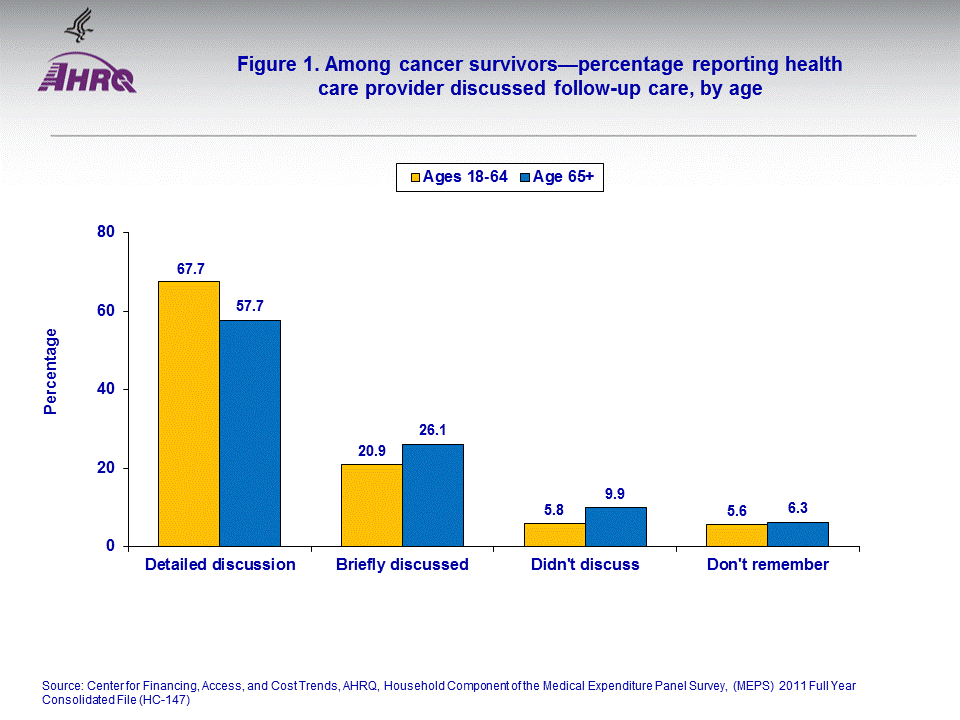 |
||||||||||||||||||||||||||||||||||||||||
|
||||||||||||||||||||||||||||||||||||||||
|
|
||||||||||||||||||||||||||||||||||||||||
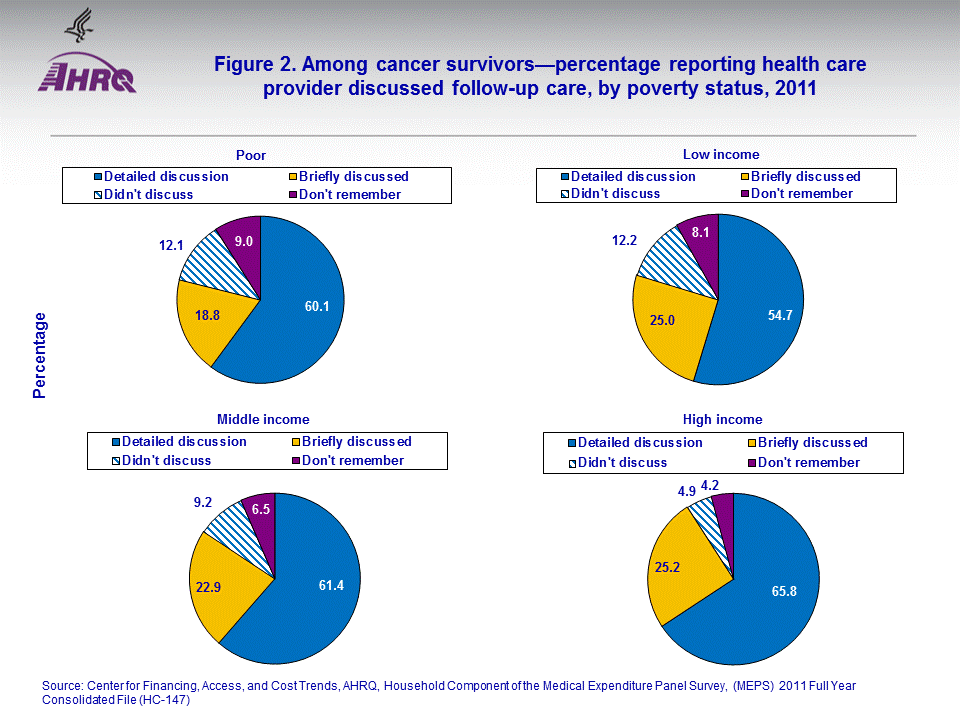 |
||||||||||||||||||||||||||||||||||||||||
|
||||||||||||||||||||||||||||||||||||||||
|
|
||||||||||||||||||||||||||||||||||||||||
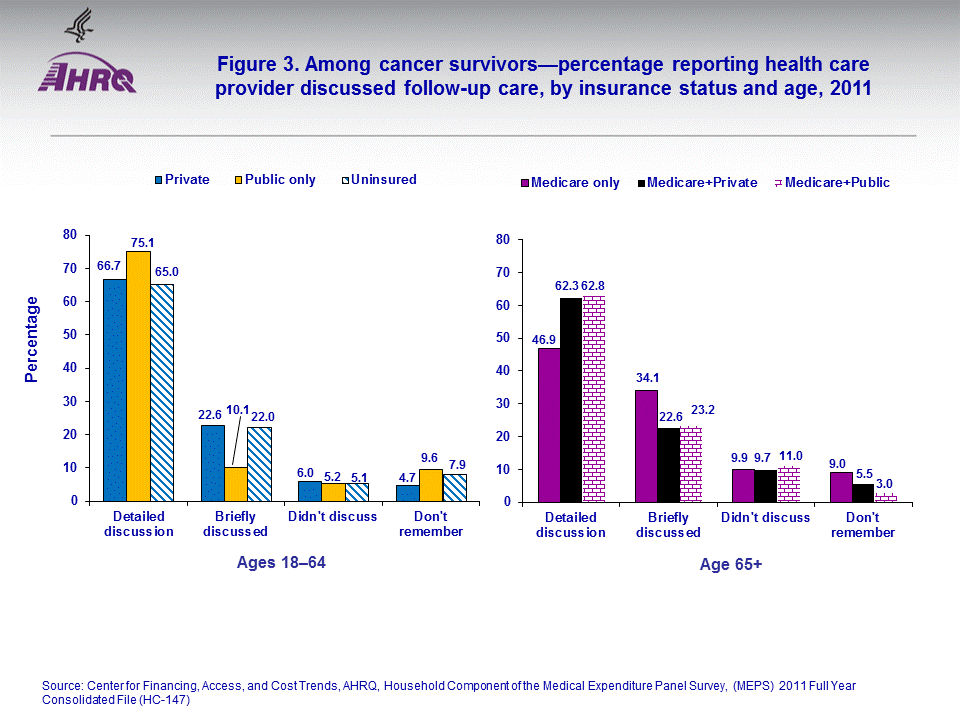 |
||||||||||||||||||||||||||||||||||||||||
|
||||||||||||||||||||||||||||||||||||||||
|
|
||||||||||||||||||||||||||||||||||||||||
 |
||||||||||||||||||||||||||||||||||||||||
|
||||||||||||||||||||||||||||||||||||||||
|
|
||||||||||||||||||||||||||||||||||||||||
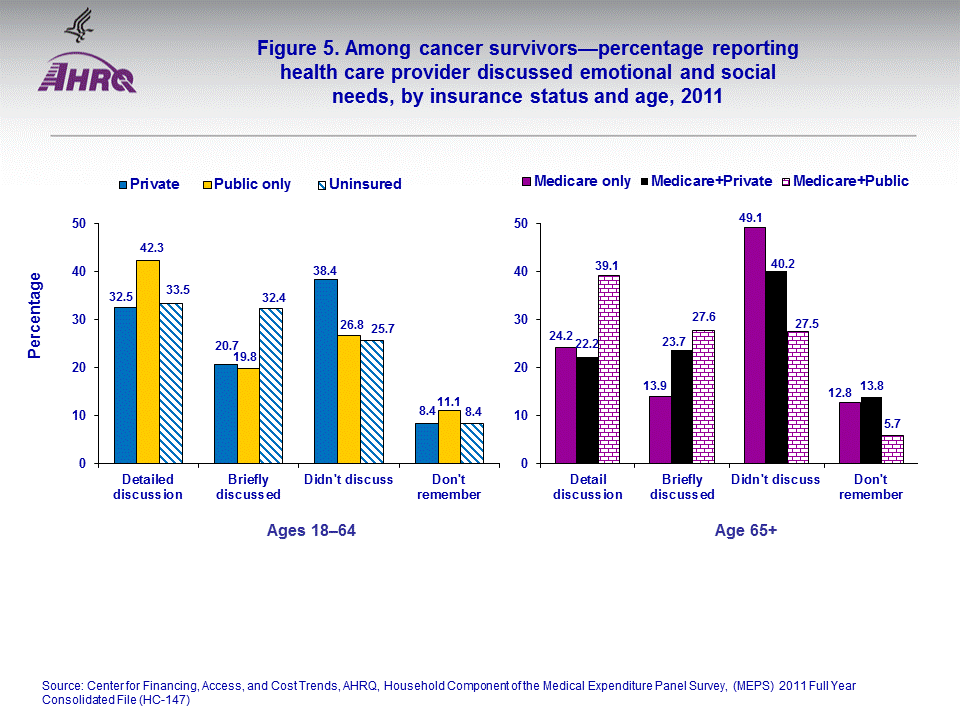 |
||||||||||||||||||||||||||||||||||||||||
|
||||||||||||||||||||||||||||||||||||||||
|
|
||||||||||||||||||||||||||||||||||||||||
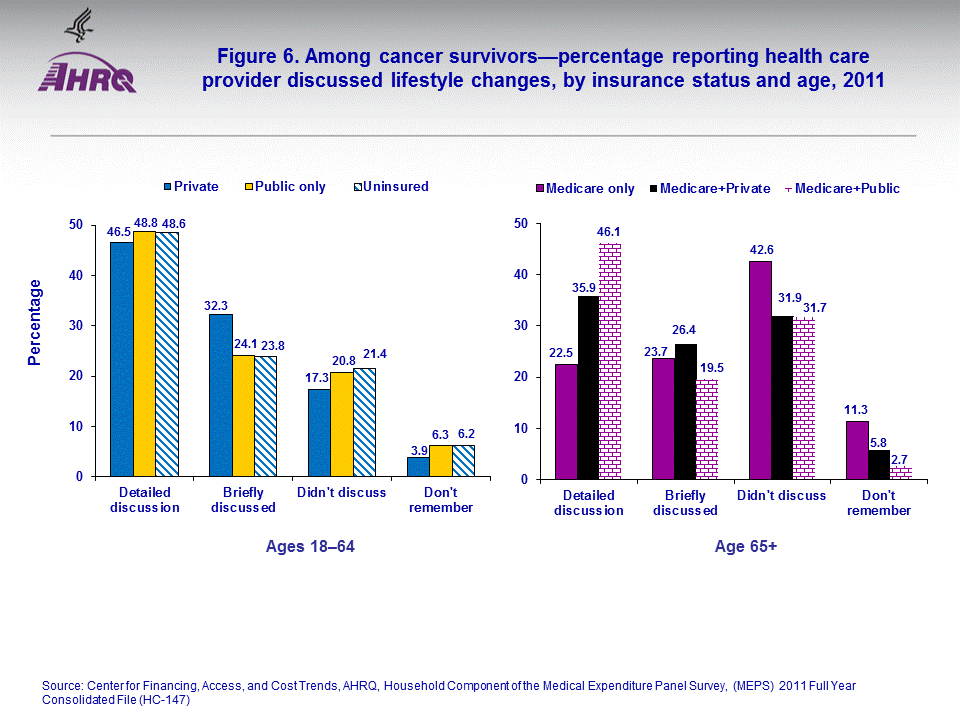 |
||||||||||||||||||||||||||||||||||||||||
|
||||||||||||||||||||||||||||||||||||||||
|
|
||||||||||||||||||||||||||||||||||||||||


